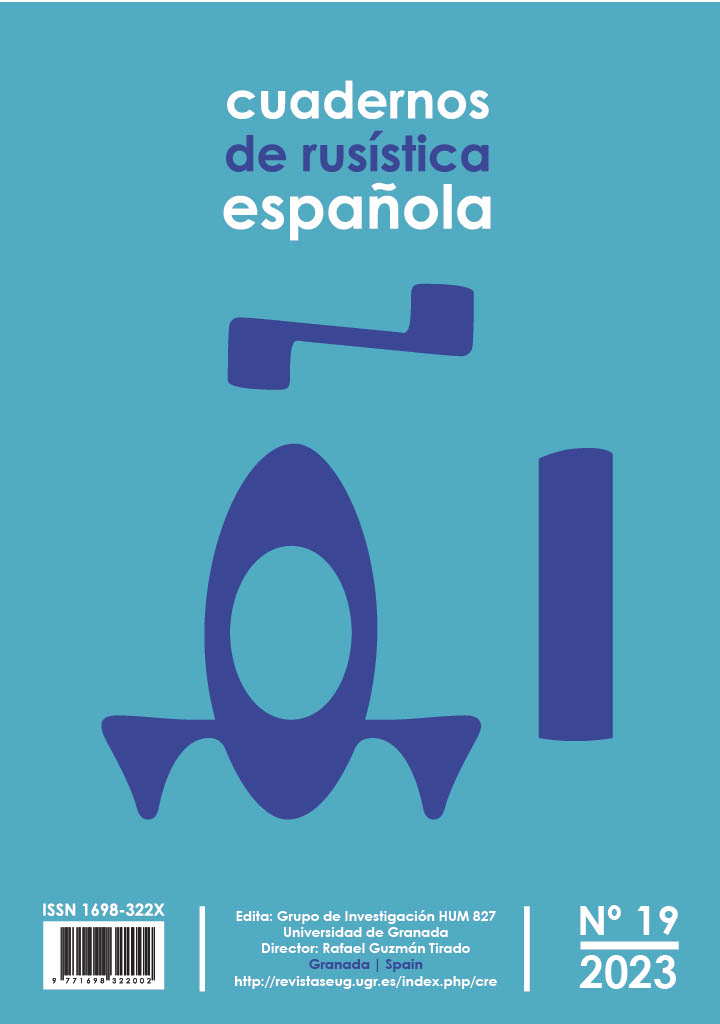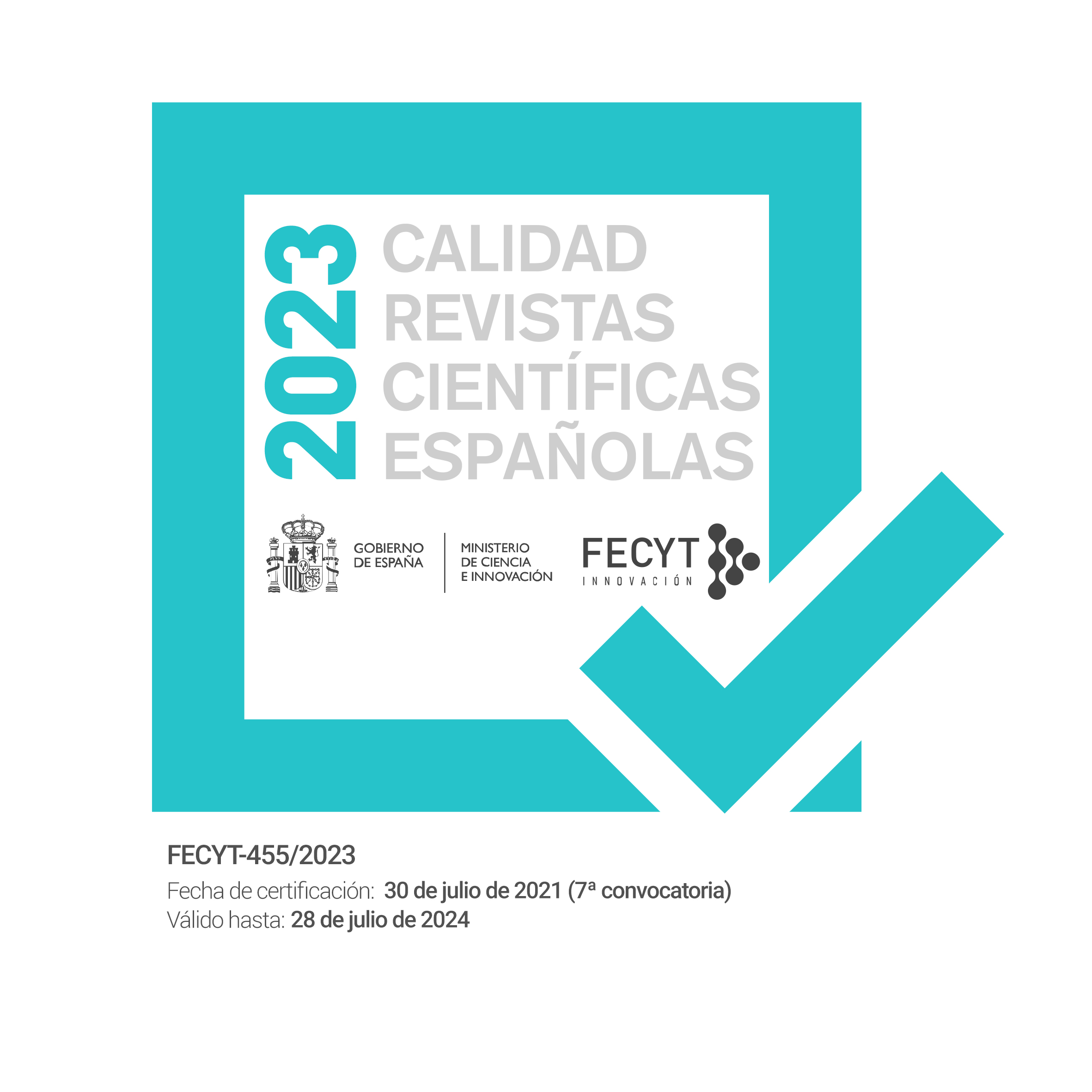The Specifics of the Perception of Russian Culture in Contemporary Foreign Literature
DOI:
https://doi.org/10.30827/cre.v19.27874Palabras clave:
imagology, Russian-foreign literary connections, image of Russia, Hans Pleschinski, Pawel Huelle, William BoydResumen
The present article delves into the nuances of how Russian culture is portrayed in contemporary foreign literature. The primary goal of this research is to discern the distinctive features of the representation of Russian culture in three novels: Pawel Huelle's "Castorp" (2004), Hans Pleschinski's "Königsallee" (2013), and William Boyd's "Restless" (2006). The core focus of this study is intertwined with the enduring fascination of literary scholars with the concept of imagology and the scrutiny of how the "Other" or the "Foreign" is depicted within national literary contexts. The analysis of these Polish and German novels reveals that the image of Russia is largely influenced by the prominent German writer Thomas Mann, who serves as a bridge to understanding Russian culture. In William Boyd's case, Russian culture is closely associated with the works of A.P. Chekhov, whose influence significantly shapes the poetics of the British author's novels. The conducted analysis demonstrates that the portrayal of Russia in these novels relies on certain literary clichés and stereotypes that are ingrained in Western public consciousness. However, it is noteworthy that among contemporary writers who incorporate Russia into their works, Huelle, Pleschinski, and Boyd tend to adopt a more balanced perspective, refraining from aligning themselves with the more extreme views of its critics.
Descargas
Citas
BATTERSBY, M. (2013): William Boyd on debut play Longing – and why Daniel Craig isn’t right for his James Bond. Independent. – URL: https://www.independent.co.uk/arts-entertainment/theatre-dance/features/william-boyd-debut-play-longing-and-why-daniel-craig-isn-t-right-his-james-bond-8512909.html
BOYD, W. (2004): A Chekhov lexicon. Guardian. – URL: https://www.theguardian.com/books/2004/jul/03/classics
BOYD, W. (2006): A Short history of the short story. Prospect. – URL: https://www.prospectmagazine.co.uk/culture/57299/a-short-history-of-the-short-story
BOYD, W. (2006): Restless. London: Bloomsbury. 325 p.
GENETTE, G. (1982): Palimpsestes. La littérature au seconde degré. Paris: Seuil, 19 (1), 468 p.
HUELLE, P. (2004): Castorp. Slowo/obraz terytoria. Gdansk. 202 s.
KAKAURIDZE, N. (2019): Рецепция «Волшебной горы» Томаса Манна в романе Павла Хюлле «Касторп». Bibliotekarz Podlaski, 42 (1), p. 73–82. DOI: https://doi.org/10.36770/bp.39
MESURE, S. (2012): William Boyd: from Chaplin to Chekhov. Independent. – URL: https://www.independent.co.uk/news/people/profiles/wil liam- boyd-chaplin-chekhov-8326460.html
PLESCHINSKI, H. (2013): Königsallee. Verlag C. H. Beck oHG. München 2013. 389 S.
Krasavchenko T.N. (2021) Russkij sled v tvorchestve Uil'yama Bojda. Social'nye i gumanitarnye nauki. Otechestvennoe i zarubezhnoe literaturovedenie. Ser. 7: Literaturovedenie, 4, s. 22–36. DOI: https://doi.org/10.31249/lit/2021.04.02
KRISTEVA, Y. (2000): Baxtin, slovo, dialog, roman. Ot strukturalizma k poststrukturalizmu: francuzskaya semiotika. Moskva. S. 427–457.
POLYAKOV, O. Y. (2015): J. Leerssen o reprezentacii nacional'nyx obrazov v sisteme kul'tury. Znanie. Ponimanie. Umenie, 3, s. 162–168.
STEPIN, V. S. (2011): Filosofskij analiz mirovozzrencheskix universalij kul'tury. Gumanitarnye nauki. Vestnik Finansovogo universiteta, 1, s. 8–17.
ECO, U. (1989): Zametki na polyax «Imeni rozy». Moskva. S. 425–467.
JAHRAUS, O. (2018): Bezdny Tomasa Manna. O romane Xansa Pleshinski «Korolevskaya alleya». Praktiki i interpretacii: zhurnal filologicheskix, obrazovatel'nyx i kul'turnyx issledovanij, 2, s. 110–124.












